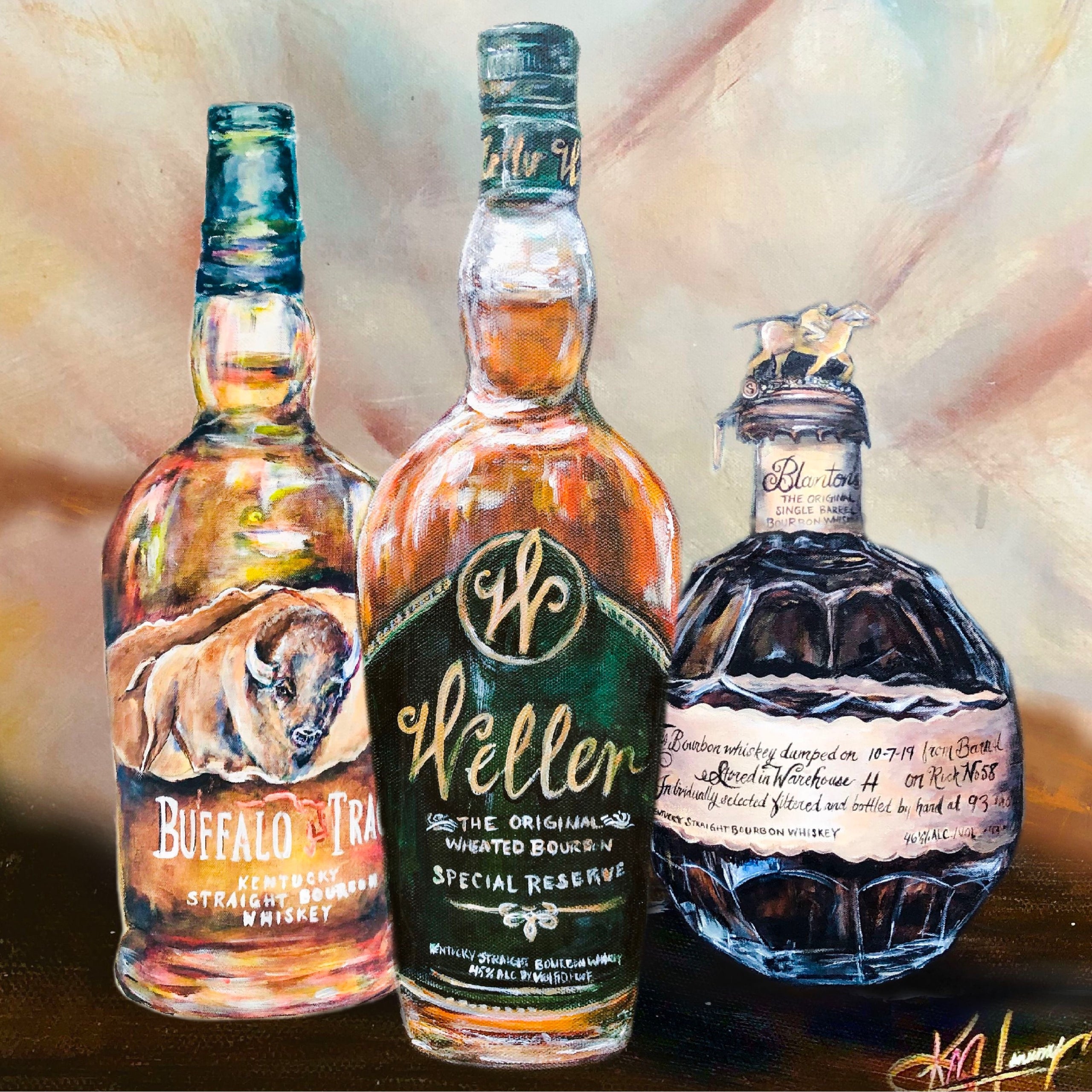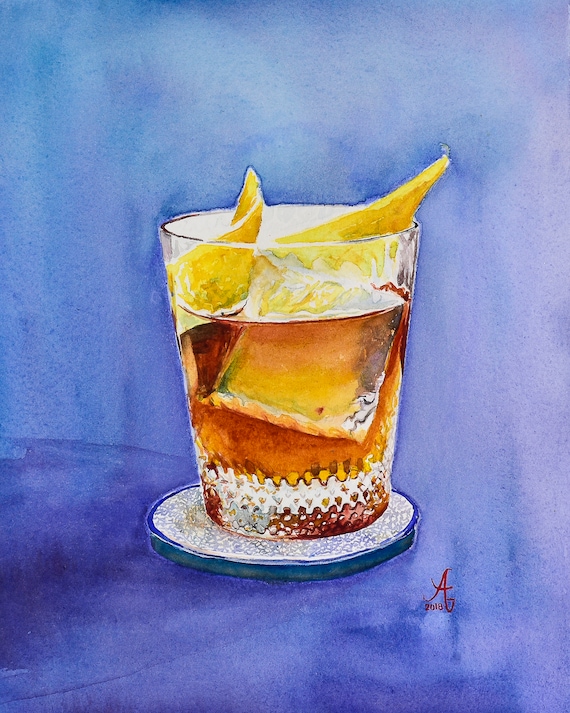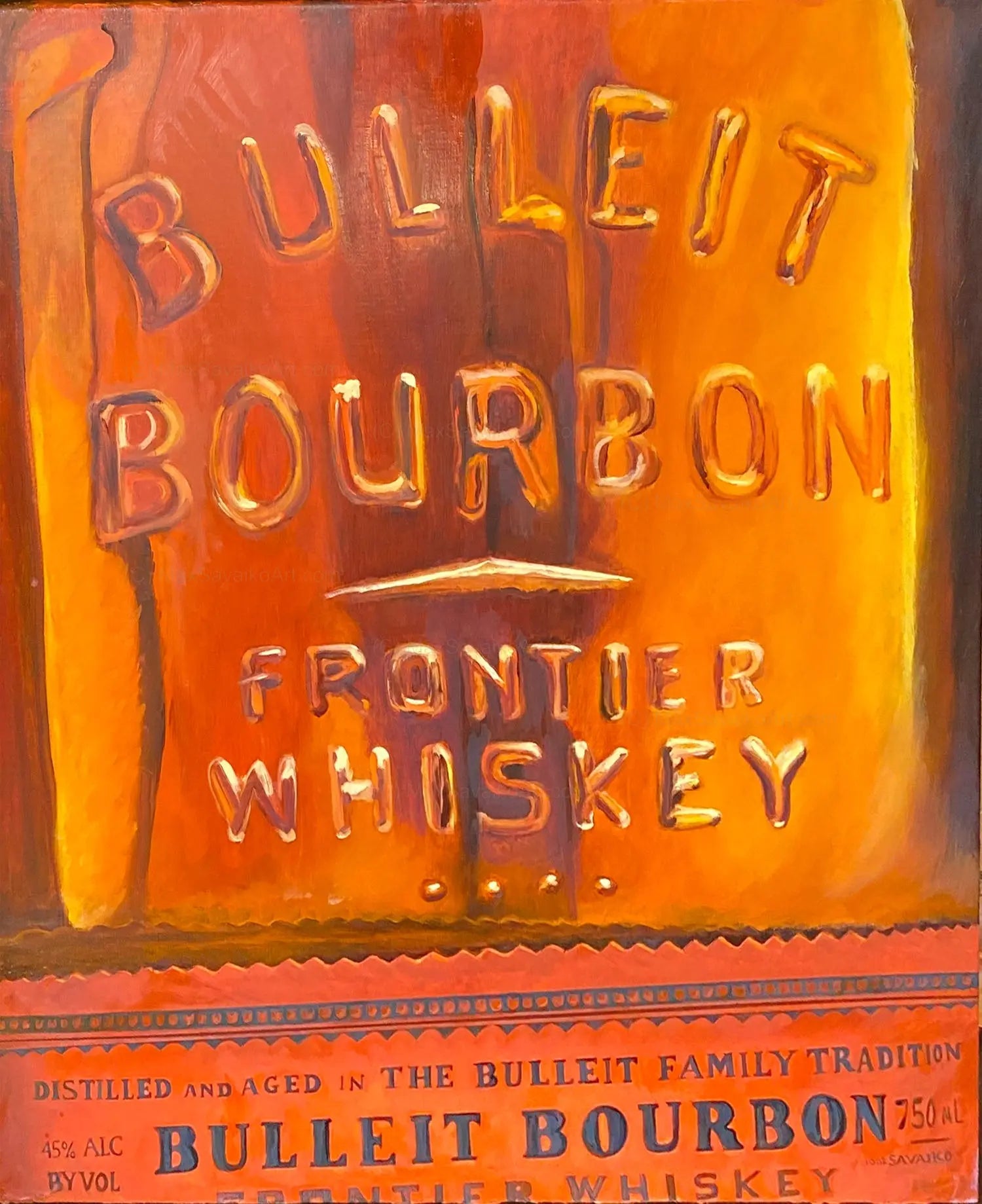Limited Edition Bourbon Art: Why Collectors Are Crowding to Special Finds
Limited Edition Bourbon Art: Why Collectors Are Crowding to Special Finds
Blog Article
The Relevance of Whiskey Art in Celebrating Heritage and Workmanship in the Beverage Industry
The complex relationship in between bourbon art and the celebration of heritage and craftsmanship within the beverage market can not be overemphasized. Via thoughtfully developed bottles and labels, whiskey brands encapsulate their historical origins and the artisanal abilities that specify their production methods. This creative dimension not only improves market charm yet additionally acts as a conduit for cultural storytelling, cultivating a much deeper link in between the customer and the craft. As we discover the numerous aspects of this subject, intriguing concerns about the impact of contemporary trends on conventional methods occur, triggering further evaluation.
The Historical Roots of Whiskey
At the heart of scotch's allure exists an abundant tapestry of historical roots that map back to ancient civilizations. The beginnings of scotch can be linked to the distillation techniques of the Sumerians and Babylonians around 2000 BCE, where very early forms of fermented grain drinks began to arise. Nevertheless, it was in the Center Ages that the art of purification developed considerably, specifically in Ireland and Scotland, causing the creation of bourbon as we understand it today.
The term "scotch" itself derives from the Gaelic word "uisce beatha," indicating "water of life." This expression highlights the cultural relevance of whiskey in Celtic societies, where it was often connected with routines, celebrations, and common bonding. By the 15th century, purification became an identified craft within monastic neighborhoods, leading the way for the establishment of lawful distilleries.
As profession routes expanded, bourbon's appeal grew, going beyond local boundaries and recording the interest of connoisseurs worldwide. Whiskey Art. This historic trip reflects not only the craftsmanship behind whiskey production but additionally its integral function in social and cultural contexts, marking it as a substantial beverage throughout history
Artistic Expression in Branding
Scotch branding stands as an engaging crossway of virtuosity and business, where visual identification plays an essential role in shaping consumer assumption. The looks of scotch tags, packaging, and marketing materials show not just the brand's tale but likewise its core values and heritage. Via artistic expression, distilleries share a narrative that resonates with customers, evoking emotions and stimulating links.
The usage of shade, typography, and imagery in branding offers to distinguish items in a saturated market. Traditional themes may stimulate a feeling of credibility and craftsmanship, while modern-day styles can represent advancement and forward-thinking. This tactical imaginative instructions improves brand name recognition and commitment, permitting consumers to build a personal connection with the bourbon they pick.
Furthermore, artistic expression in branding often acts as a celebration of regional heritage. Distilleries regularly include regional symbols or historic references into their layouts, creating a local color that welcomes consumers to take part in a broader social experience. Inevitably, the creativity behind bourbon branding not just improves visual appeal however also enhances the total story of the brand name, cultivating a deeper appreciation for the craftsmanship and heritage ingrained in each container.
Workmanship in Container Design
The creativity evident in bourbon branding extends past visual identification to include the workmanship involved in container design. Each container serves as a vessel not just for the spirit within, but likewise for the story it outlines its origin, quality, and tradition. The style procedure needs precise attention to detail, as aspects such as closure, product, and form contribute significantly to the overall understanding of the scotch.
Workmanship in bottle design involves selecting top quality glass that can enhance the bourbon's shade and clarity, while likewise providing a responsive experience for the consumer. The silhouette of the container must be both useful and cosmetically attractive, commonly showing the heritage of the brand name. Lots of distilleries choose unique forms or embossed logo designs that stimulate a feeling of authenticity and history.
Additionally, the label style and typography play a crucial function in interacting the brand name's story. Limited Edition. A well-crafted container not only mesmerizes the consumer's eye but also reinforces the visit their website brand's commitment to quality and custom. By doing this, the craftsmanship of container design becomes a crucial element of the bourbon experience, combining artistry with an extensive regard for heritage
Cultural Relevance of Whiskey Art
Celebrating custom and workmanship, the social significance of bourbon art goes beyond mere appearances, intertwining with the social and historical narratives of the areas where it originates. Each bottle acts as a canvas, portraying the unique stories, folklore, and traditions that have actually shaped local whiskey-making practices. The complex styles frequently mirror the heritage of the distillers, including icons and motifs that reverberate with the society and worths of their areas.

Additionally, bourbon art plays an essential role in common celebrations and parties, serving as a concrete link in between individuals and their shared experiences. By valuing the anonymous creativity in whiskey product packaging, customers grow a much deeper understanding and respect for the craft, inevitably enhancing their enjoyment of the drink itself.
Modern Trends in Whiskey Discussion
In recent times, the discussion of whiskey has progressed to mirror modern preferences and fads while still recognizing typical workmanship - Bourbon Art. Distilleries are significantly focusing on visual components that enhance the overall drinking experience, linking the space in between heritage and modernity
Ingenious container layouts have actually emerged, often integrating lasting products and imaginative labels that tell compelling tales. Many brands now collaborate with regional musicians, infusing their items with distinct aesthetic expressions that resonate with consumers. Furthermore, limited-edition launches are frequently packaged in collectible containers, adding value and appeal for connoisseurs.

Final Thought
In final thought, bourbon art offers as a vital conduit for expressing the heritage and workmanship intrinsic in the beverage industry. With detailed branding, cutting-edge bottle styles, and culturally substantial imaginative components, bourbon brand names properly honor their customs and connect with consumers.


Craftsmanship in container design includes selecting top notch glass that can enhance the bourbon's shade and clarity, while additionally offering a responsive experience for the customer. In this method, the workmanship of bottle style comes to be an important element of the bourbon experience, merging artistry with a profound regard for heritage.
In conclusion, scotch art offers as a vital conduit for revealing the heritage and workmanship fundamental in the beverage market.
Report this page